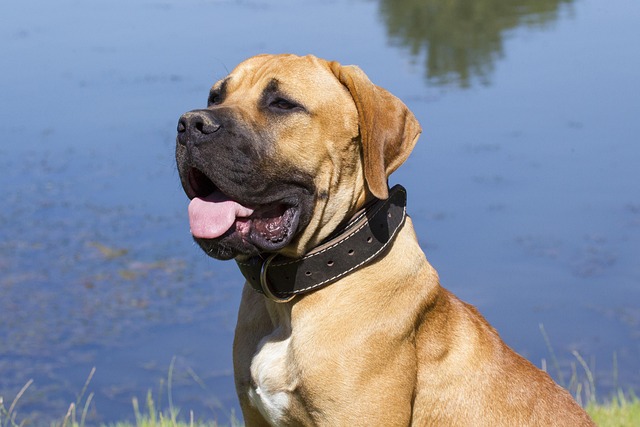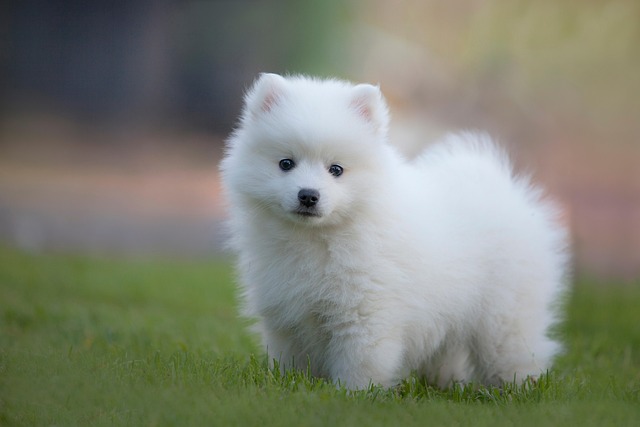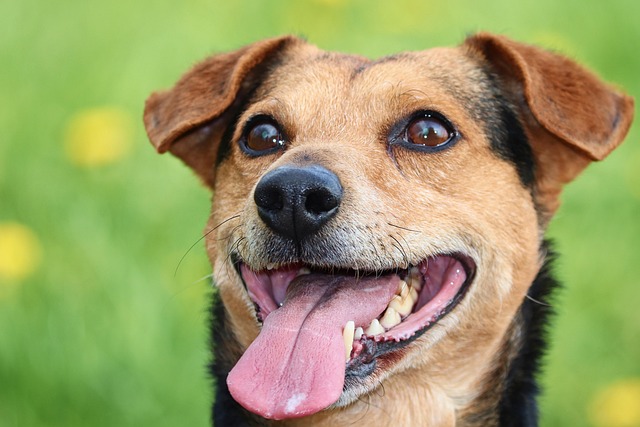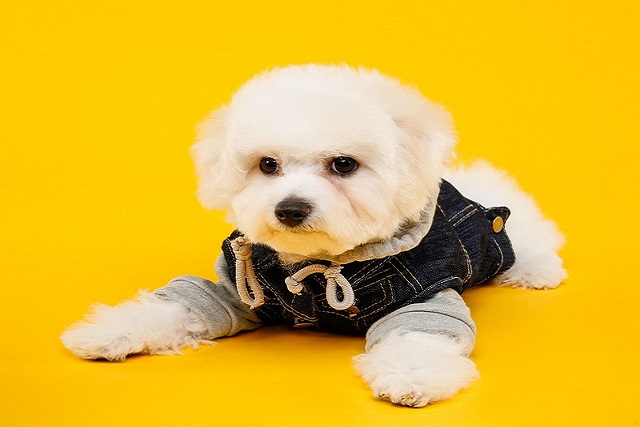
How do I start my dog on agility training?
The idea of watching your dog leap, weave, and race through an agility course is exhilarating. But before you dive in, it’s essential to understand the journey ahead,
In the thousands of years of symbiosis between humans and dogs, training has always been the key link to maintain the tacit relationship between the two. When we ask "what is the best way to train a dog", the answer is not a simple technical stacking, but an art that integrates scientific principles, emotional resonance and individual differences. This path to ideal training results requires both rigorous theoretical support and respect and understanding of life.
From a biological point of view, as a social animal, the behavior patterns of dogs are deeply influenced by both evolution and the environment. Their ancestors, wolves, relied on clear hierarchical order and communication signals to survive in group life. Although domestic dogs have adapted to human society after domestication, this group instinct is still deeply imprinted in their genes. Therefore, the essence of training is not only to change behavior, but also to establish a communication system that both parties can understand. The owner needs to play the role of "leader", but never to establish authority through violence or intimidation, but to give the dog a sense of security and trust with stable emotions, clear instructions and consistent rules.
Among many training methods, positive reinforcement is undoubtedly the most scientifically based and humanistic way. Positive reinforcement is based on the principles of behaviorist psychology. It strengthens expected behaviors through immediate rewards, allowing dogs to establish conditioned reflexes in a pleasant experience. This reward can be delicious snacks, enthusiastic praise, or the owner's loving touch. For example, when a dog first understands the "sit" command and completes the action, it is immediately rewarded with snacks and accompanied by an excited tone of "good boy!" The dog will associate this behavior with positive feedback and gradually form a habit. Compared with punishment training, positive reinforcement can not only achieve training goals faster, but also prevent dogs from having negative emotions such as fear and anxiety, thereby destroying the close relationship between people and dogs. There was a border collie that became timid and timid due to frequent beatings and scolding. After switching to positive reinforcement training, it took only two weeks to restore its lively nature and quickly mastered multiple skills.
 However, positive reinforcement is not a universal key. The training process must be flexibly adjusted according to the breed characteristics, personality characteristics and growth stage of the dog. For example, energetic working dogs, such as German Shepherds and Golden Retrievers, require more physical exertion and intellectual challenges; while sensitive small dogs, such as Chihuahuas and Yorkshire Terriers, are more suitable for gentle and patient guidance. The puppy period is the golden period for behavior shaping. During this period, basic etiquette training should be the main focus, such as fixed-point defecation and accompanying walks. At the same time, socialization training should be emphasized to expose them to different people and environments to avoid fear or aggression when they grow up. For adult dogs, especially rescue dogs with behavioral problems, the process of correcting behavior may be longer and require more time and patience from the owner. Every dog is a unique individual, just like a human child. Only by teaching students in accordance with their aptitude can their greatest potential be tapped.
However, positive reinforcement is not a universal key. The training process must be flexibly adjusted according to the breed characteristics, personality characteristics and growth stage of the dog. For example, energetic working dogs, such as German Shepherds and Golden Retrievers, require more physical exertion and intellectual challenges; while sensitive small dogs, such as Chihuahuas and Yorkshire Terriers, are more suitable for gentle and patient guidance. The puppy period is the golden period for behavior shaping. During this period, basic etiquette training should be the main focus, such as fixed-point defecation and accompanying walks. At the same time, socialization training should be emphasized to expose them to different people and environments to avoid fear or aggression when they grow up. For adult dogs, especially rescue dogs with behavioral problems, the process of correcting behavior may be longer and require more time and patience from the owner. Every dog is a unique individual, just like a human child. Only by teaching students in accordance with their aptitude can their greatest potential be tapped.
The communication method plays a decisive role in training. Dogs are more sensitive to body language than humans can imagine. They can keenly capture the owner's eyes, gestures, and even changes in breathing rhythm. Therefore, it is crucial to maintain consistency in instructions: whether it is "sit" or "sit", once it is determined, it should not be changed at will; gestures should also be concise and clear to avoid ambiguous signals that confuse the dog. In addition, the use of tone is also very particular. A firm and gentle voice can convey trust, while an impatient or angry tone will only make the dog feel uneasy. When training reaches a deadlock, the owner may squat down, make eye contact with the dog at a level angle, and gently soothe the dog to re-establish an emotional connection. This "non-verbal communication" is often more effective than repeating instructions.
The ultimate goal of training is to allow dogs to gain freedom within the rules. When a dog can obey instructions in a complex environment while maintaining the vitality and happiness in its nature, it means that the training is truly successful. This requires the owner to continuously consolidate the results of training in daily life and integrate training into every interactive link such as walking and playing. For example, when walking in the park, cultivate the dog's concentration through accompanying training; add commands such as "wait" and "pick up" in the game to make training interesting. At the same time, give the dog room to make mistakes, because mistakes are an inevitable part of the learning process. Excessive demands for perfection will not only make the owner anxious, but also put pressure on the dog. Just like educating children, allow them to grow through trial and error, and accompany them to progress with tolerance and encouragement.
In the journey of training, the owner's mentality is often more important than skills. Training is not a race for quick success, but a practice of witnessing the growth of life. When we put aside our utilitarianism and truly feel the needs and emotions of dogs, we will find that every tiny progress is worth celebrating, and every eye contact is full of affection. Perhaps one day we will suddenly realize that the so-called "best training method" is nothing more than a bond woven with love and science, allowing the souls of two different species to move towards a deeper bond in mutual understanding.

The idea of watching your dog leap, weave, and race through an agility course is exhilarating. But before you dive in, it’s essential to understand the journey ahead,

Deciding to bring a Yorkie into your home means embracing a tiny bundle of energy and charm, but it also raises an important question: how straightforward is potty training?

Bringing home a new puppy is an exciting adventure, but it also comes with the big question: What is the first thing you should train your puppy?

Imagine you’re at Seattle’s Green Lake Park with Luna, your energetic Shepherd mix. She spots a duck and lunges, choking herself on the collar.

Teaching a 2-year-old dog to fetch might seem challenging, but it’s a rewarding way to bond and keep your furry friend active. Fetch isn’t just a fun game—it provides mental stimulation and physical exercise, essential for a healthy dog.

You’ve read all the articles, stocked up on premium treats, and patiently clicked and rewarded your new rescue pup, Charlie.